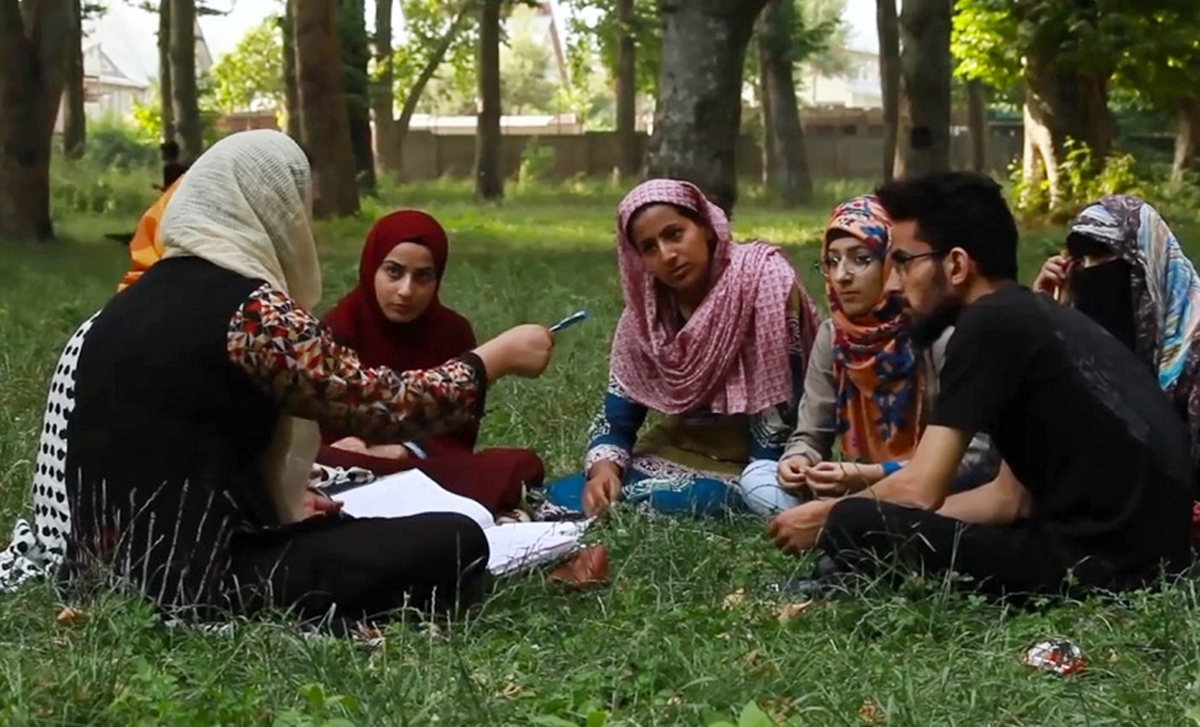This is the concluding article in a three-part series of articles on garment women workers during the pandemic. The other…
Login to Read!
This content is restricted to site members. If you are an existing user, please log in below. Or you can can create an account here.

